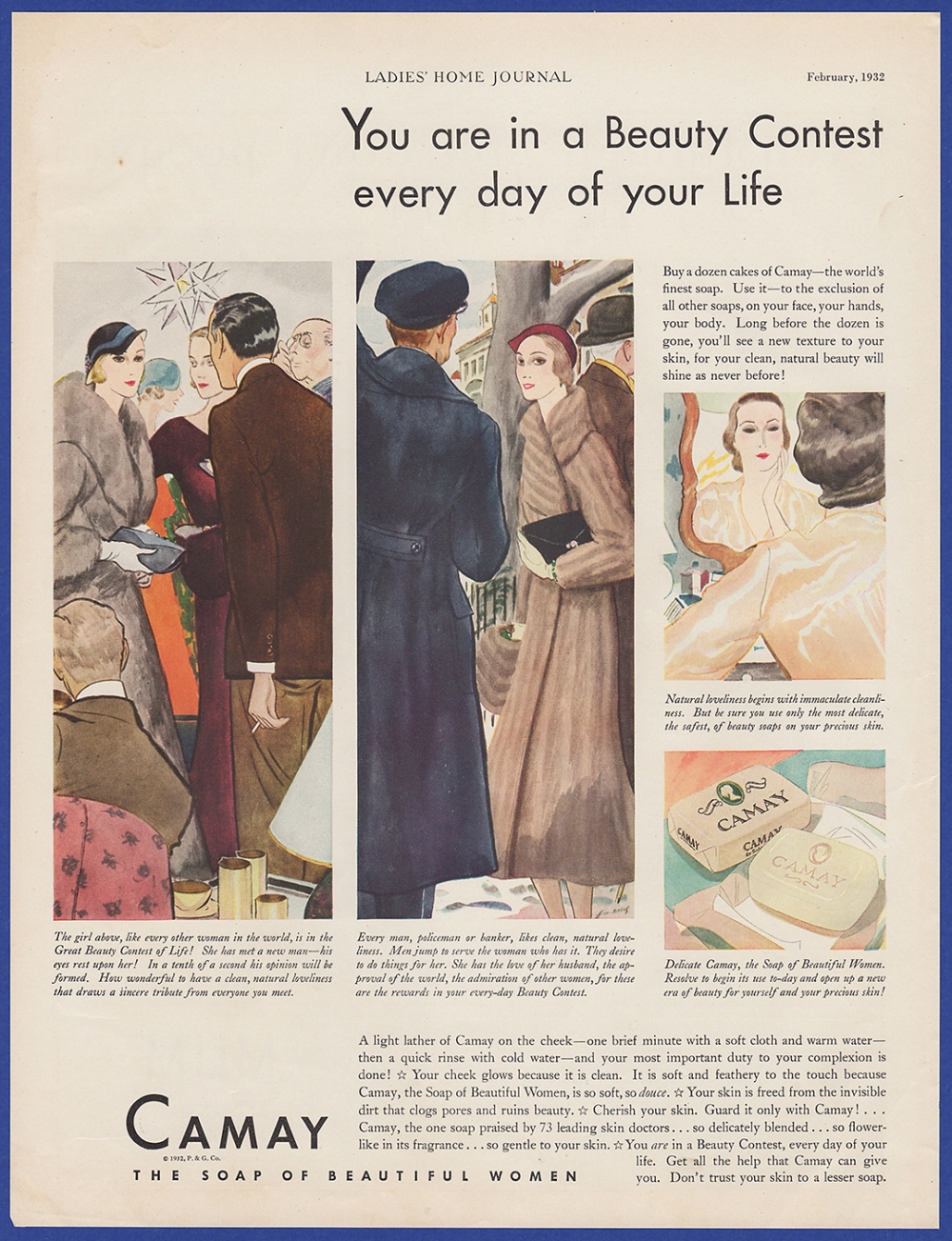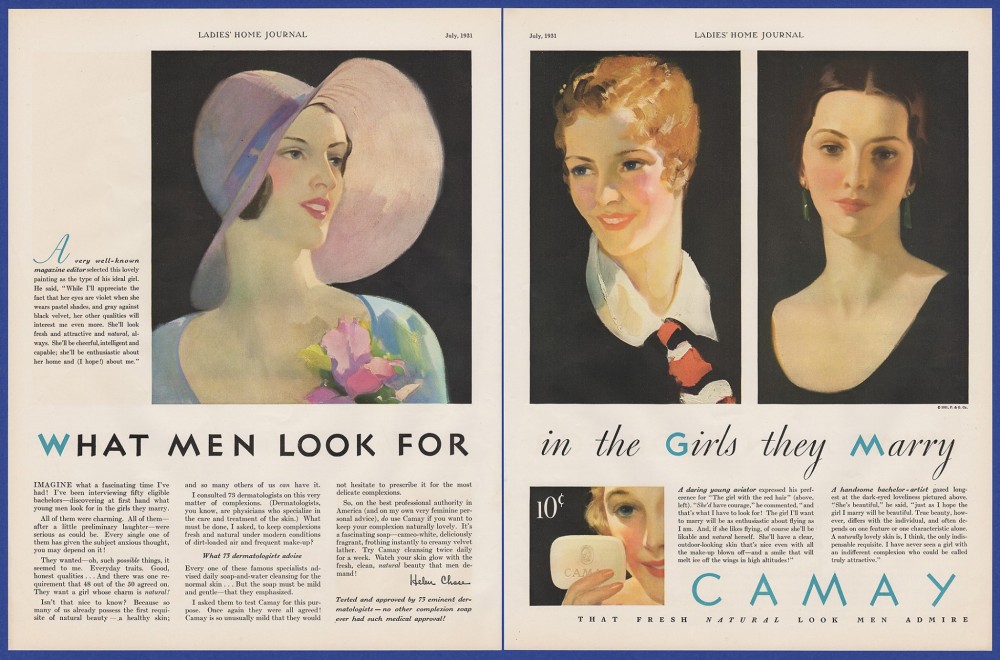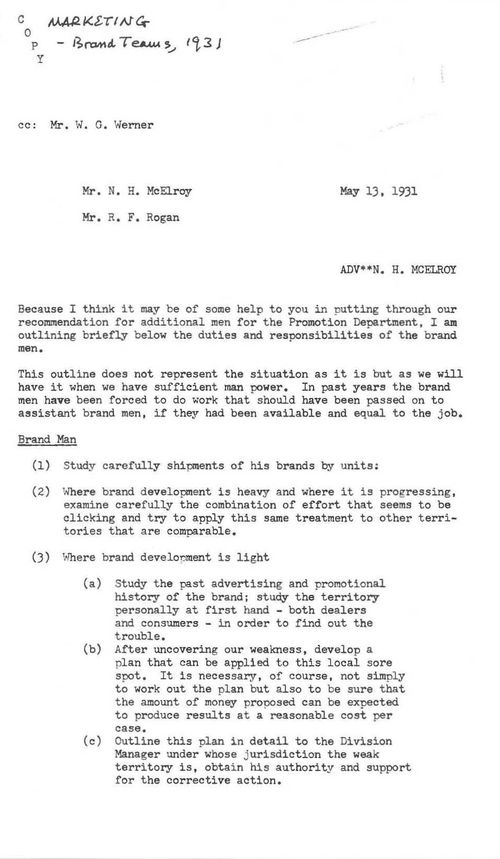Neil McElroy might be better known for his time as President of P&G, or perhaps as the former U.S. Secretary of Defense. But before that, in 1931 he was a junior executive at P&G managing the advertising of soap. And it was then that he penned a memo often credited as the birth of brand marketing.
In truth, the idea of building consumer preference through advertising dates back to mid-1800s, with P&G advertising throughout the late 1800s and running its first colour ad (left) in 1896 for Ivory soap. And in 1925 P&G setup a formal consumer research department to better understand consumer preferences and behaviour. But the McElroy memo in 1931 did layout the role of the ‘brand men’, or brand managers.
In his internal memo seeking additional staff resources, McElroy makes the case for moving responsibilities for brand management from the sales to the advertising departments, and to have one person responsible for each brand. He states that the brand manager should be responsible for the overall performance of the brand and undertake activities ranging from package and ad design, to sales analysis to replicate high performing tactics and address underperforming regions. These activities are still the core of the brand management role in consumer products today. See below for the full version of the memo.
The 1931 McElroy ‘Brand Teams’ Memo
While we’re here, let’s look at what advertising looked like in the 1930s. McElroy was responsible for the Camay brand of soap, a competitive offering against imported perfumed soap and an upmarket option to the core P&G brand of Ivory.
By today’s standards the headlines are shocking. While today the headlines may have softened, unfortunately the strategy behind them is still present in much of today’s advertising, especially in the beauty category. The approach of attacking self-confidence in order to generate sales or a price premium is still common practice. This is one reason for the tremendous success of the Dove campaigns, and these ads from 1931 and 1932 certainly put them in contrast.
On another note, content marketing is a buzzword often heard today in the marketing industry. Often seen as digital only and a relatively new tactic, it is interesting to think of long copy ads, such as the ones below, as the original content marketing.
Next week we’ll skip ahead to 1954 and share some timeless Druckerisms.



